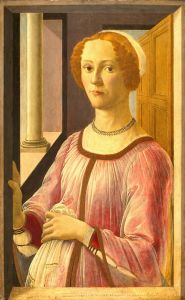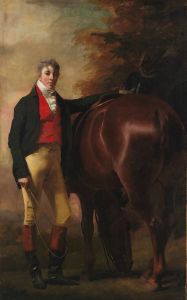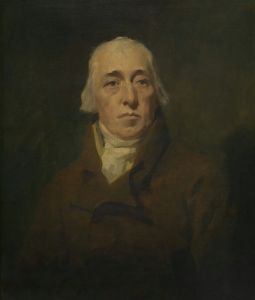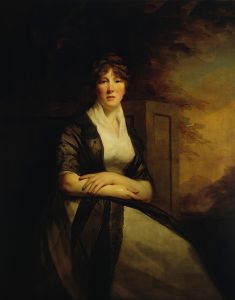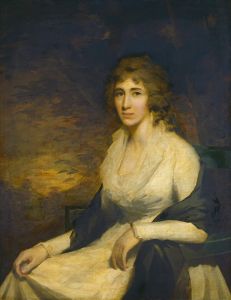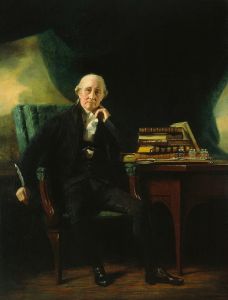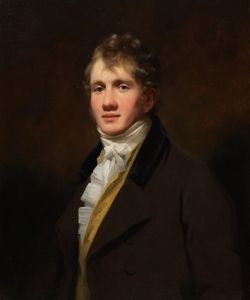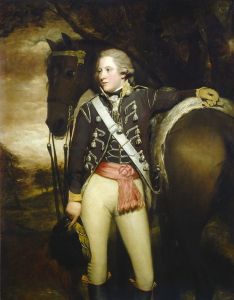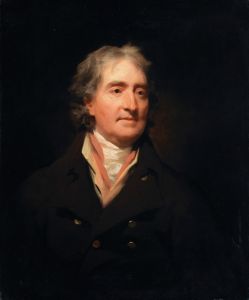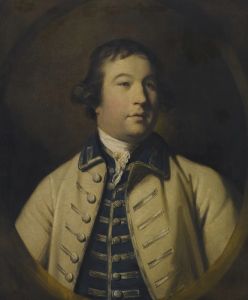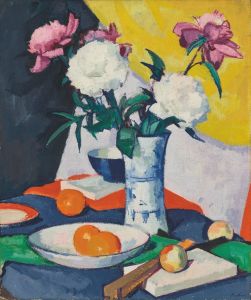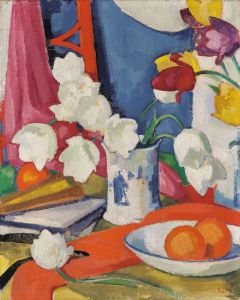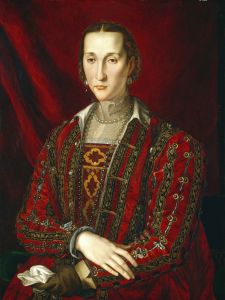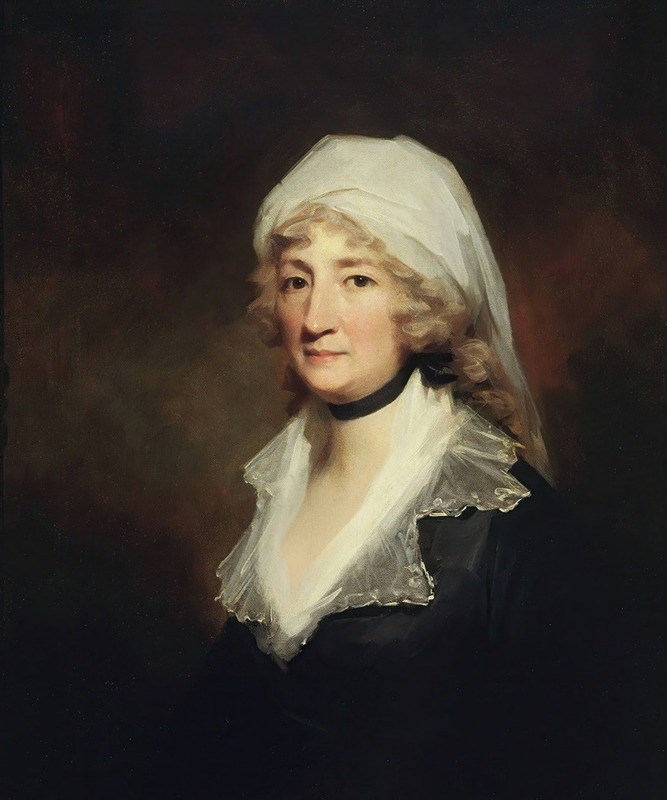
Lady Anne Miller of Glenlee
A hand-painted replica of Sir Henry Raeburn’s masterpiece Lady Anne Miller of Glenlee, meticulously crafted by professional artists to capture the true essence of the original. Each piece is created with museum-quality canvas and rare mineral pigments, carefully painted by experienced artists with delicate brushstrokes and rich, layered colors to perfectly recreate the texture of the original artwork. Unlike machine-printed reproductions, this hand-painted version brings the painting to life, infused with the artist’s emotions and skill in every stroke. Whether for personal collection or home decoration, it instantly elevates the artistic atmosphere of any space.
"Lady Anne Miller of Glenlee" is a portrait painted by the renowned Scottish artist Sir Henry Raeburn. Raeburn, born in 1756, is celebrated for his significant contributions to portrait painting during the late 18th and early 19th centuries. His works are known for their vivid realism and the ability to capture the character and presence of his subjects.
The painting depicts Lady Anne Miller, a member of the Scottish aristocracy. While specific details about Lady Anne Miller's life and her connection to the Glenlee estate are limited, it is clear that she was part of the social elite during Raeburn's time. The Glenlee estate, located in Scotland, was associated with the Miller family, who were prominent landowners and figures in Scottish society.
Raeburn's portraiture often focused on the upper echelons of society, capturing the likenesses of influential figures of his time. His style is characterized by a keen attention to detail, particularly in the rendering of fabrics and textures, as well as a masterful use of light and shadow to create depth and dimension. In "Lady Anne Miller of Glenlee," Raeburn employs these techniques to bring out the elegance and poise of the sitter, highlighting her status and personality.
The painting is executed in oil, a medium Raeburn frequently used to achieve the rich, luminous quality that defines much of his work. The composition likely features Lady Anne in a dignified pose, dressed in the fashion of the period, which would have been indicative of her social standing. Raeburn's ability to convey the subtleties of expression and the individuality of his subjects is evident in this work, as in many of his portraits.
Sir Henry Raeburn's career was predominantly based in Edinburgh, where he became the leading portrait painter of his time. His reputation extended beyond Scotland, earning him recognition throughout Britain. In 1822, he was knighted by King George IV, a testament to his artistic achievements and his contribution to British art.
Raeburn's legacy is preserved in numerous collections, with his works held in major galleries and museums, including the National Galleries of Scotland and the Tate Britain. "Lady Anne Miller of Glenlee" is part of this esteemed body of work, representing not only Raeburn's skill as an artist but also providing a window into the social history of Scotland during the period.
The painting continues to be appreciated for its artistic merit and historical significance, offering insight into the lives of the Scottish aristocracy and the artistic milieu of the time. Raeburn's portraits remain influential, celebrated for their ability to transcend mere likeness and capture the essence of the individuals he painted.






